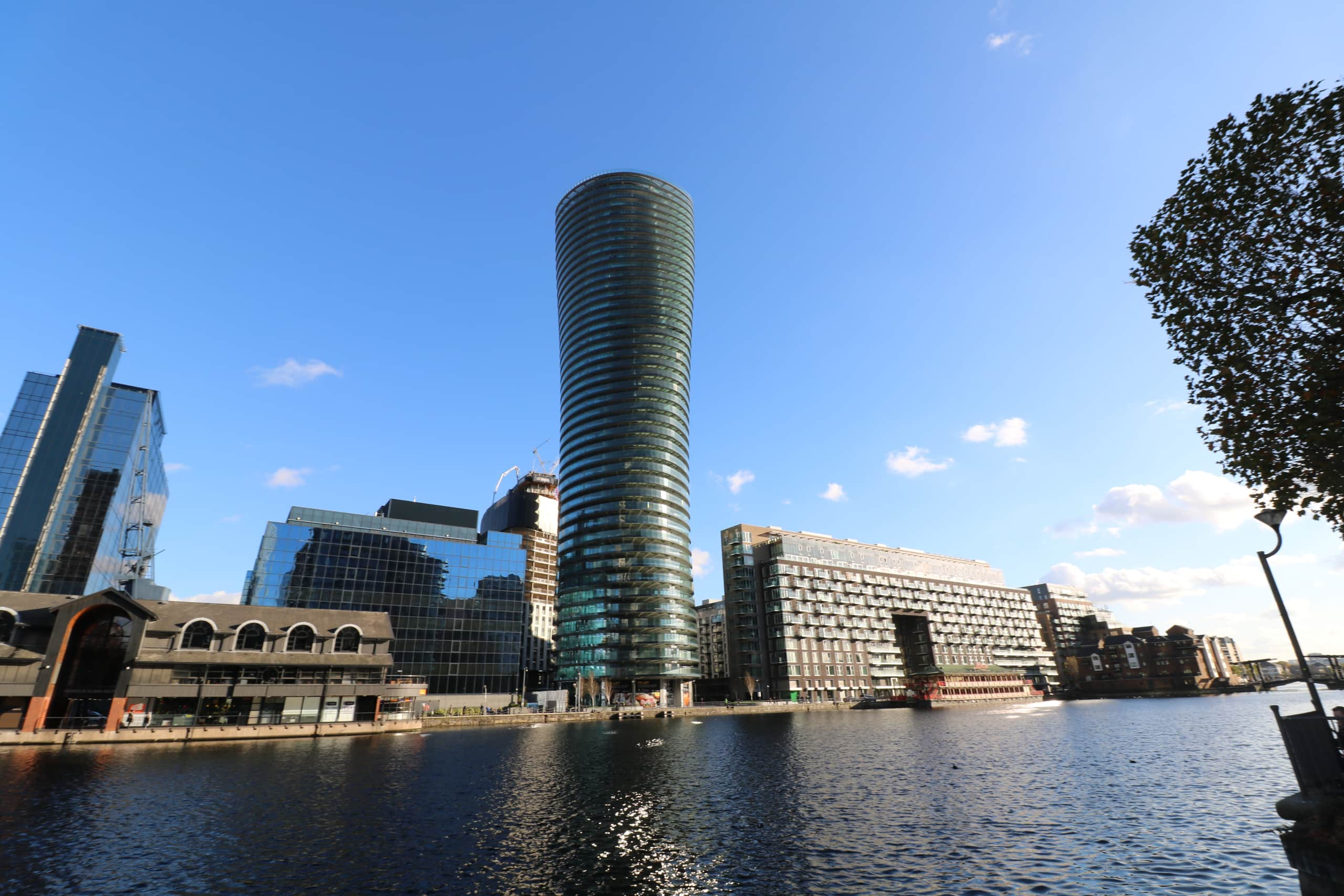Lifetime Homes: Designing Homes for Life at Every Stage
Housing Associations were set up to make housing affordable to anyone in the UK. Many are not-for-profit and work alongside local authorities for the benefit of the community. Most offer a range of different housing options for residents, from high-rise apartments to family houses.
An effective housing association will not only maintain the buildings in their portfolio but also look at how they can improve residents’ lives during their time in the property.
One helpful guideline for this is the Lifetime Homes Design Criteria which outlines how residential buildings can be designed to accommodate the changing needs of the residents throughout every life stage. Although the Lifetime Homes criteria aren’t embedded in legislation, many architects and designers working with housing associations will need to consider the criteria.
Where the Lifetime Homes criteria need extra consideration
One of the first challenges that the criteria pose is that no outside space is mentioned. It is important to housing associations to have outside spaces in mind to improve the lives of residents. This may include a park for children and families or a garden for elderly residents to enjoy. Improved amenity space needs to be included too, not just for all residents to share but to create personal space too.
Something that has become more apparent since the coronavirus lockdown is the need for space to work from home. Government requirements mean that most designers add 150mm of free wall space with electrical and phone sockets. Most often, however, people are sitting at kitchen tables or in bedrooms. Lifetime homes argue that more space within a flat should be dedicated to a home office, but with growing families that might not be possible. What was once envisioned as a home for life might not fit all unforeseen circumstances.
All 16 criteria might not always be possible when designing and building a high-rise residence, for example, but housing associations do tend to push for as many as possible, and the way to do that is by prioritisation. Accessibility is key to ensure that an apartment suits the needs of people from babyhood to elderhood so access should not merely consider wheelchairs. At the design stage, designers should also ask questions like ‘does a buggy fit through doorways?’ and then when a family grows, ‘is the doorway wide enough to fit a double buggy?’
What designers and architects can’t achieve is usually due to a limited budget, especially when the project costs are per square meter. Some elements might not be realistic in terms of space, an example being leaving scope for a lift or ceiling tracks to move people from one room to another in later life.
Space is at a premium with housing association projects and end-of-life situations need to be taken into consideration when measurements are decided. Medical devices need the space to be placed in the most convenient way for a resident, but also safety, and especially fire safety, needs to factor in. Mobility scooters, for instance, have fire issues with lithium batteries and where are they parked needs to be examined.
Early stage considerations
A holistic approach during the early design period is crucial to achieving an excellent standard of Lifetime Homes for residents. Designing for housing associations should include a series of gateways throughout a project at which people are asked to look at and comment on the design of buildings and surrounding space. An effective way to do this is to imagine a day in the life of the development to see all possible scenarios. Then project managers can solve the issues that come up.
Key focuses beyond the building would be lifetime accessibility of amenity spaces and play parks, from buggies to mobility scooters. For the buildings themselves, door openings on balconies are often overlooked. Usually, hinged doors are in the initial design but that impacts on the useable space. Designers and architects also have to find a way to build level thresholds around the issues posed by waterproofing of up- and down-stands and external services coming through the facades.
Put yourself in the place of the end user
Creating a vision by standardisation and recycling good ideas for each new build reduces delay and overspend during construction. A list of ‘watch its’ could be used to ensure architects, designers and constructors stick to the requirements set out by a housing association.
If housing associations set the right expectations at an early stage with set parameters, they can look to the market to provide innovations to improve installation, quality of products and quality for the whole of people’s lives.
The designer can play a huge part in this too – by putting themselves in the place of a resident and make sure they are designing a home that they would be happy to live in at every stage of their life.
This article is based on an interview with Ernie Bardrick, Head of Design and Technical at Clarion Housing Group.
